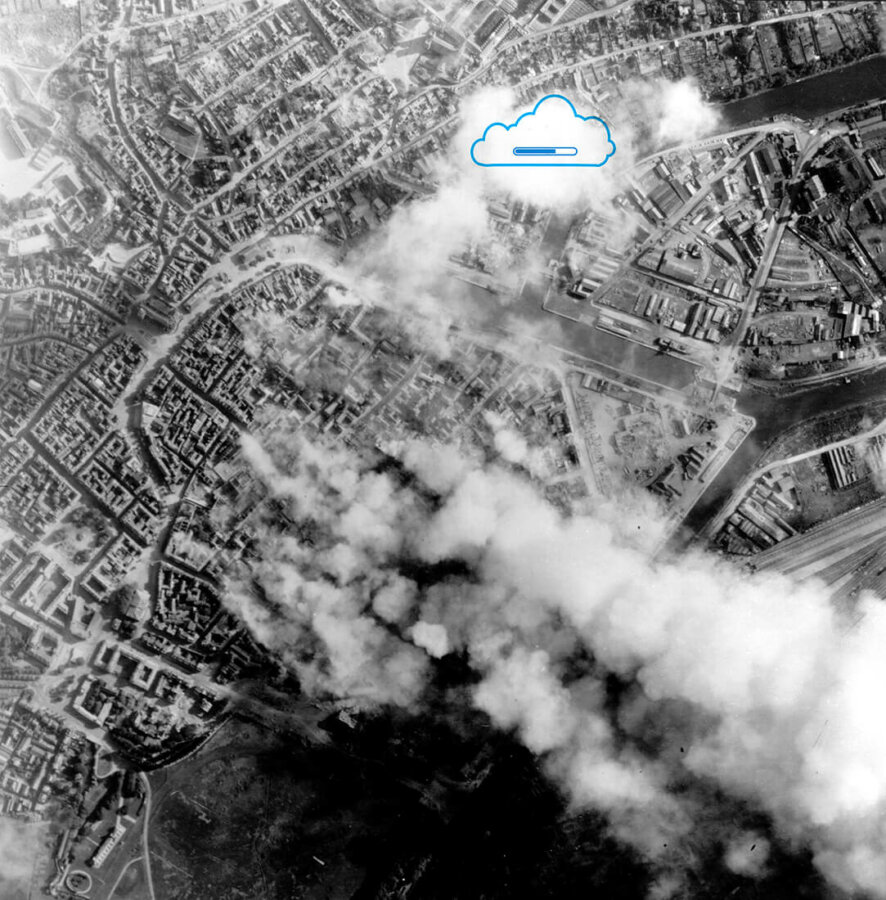
Exhibition
Daphné Le Sergent. Geopolitics of Oblivion
Satellite 11 programme
From 05 June to 23 September 2018
Jeu de Paume – Paris
Watch the video portrait:
Invited as part of the Satellite 11 programme, entitled ‘NEWSPEAK_‘, Daphné Le Sergent presents the second movement of the cycle, Geopolitics of Oblivion, which, in today’s world of data deluge, raises questions about the ‘C vocabulary‘, the technical language in George Orwell’s
Nineteen Eighty-Four.
Geopolitics of Oblivion is a vehicle through which the artist explores the industrialization and outsourcing of memory in the post-digital era, imagining two fictitious retrofuturist communities, the SUM and the MAY, where an alphabet has been created to free human memory from the complexity
of an image-writing code based on glyphs, pictograms or ideograms.
The artist explores digital archiving from two distinct forms of writing: on the one hand, cuneiform writing, which appeared earlier than 3,000 BC and was invented tomemorize debt and to exploit data relating to this transaction. This is the model we use nowadays to conceive of memory when we keep information in data centres. The other form of writing is Mayan script (6th-9th century CE), which records the movements of the stars for future generations. Writing is not thought of here as a tool for capitalising on something past but for its predictive capacity. Today, when new ways of going about writing have resulted from the use of screens, from new interactions between the eye and the hand, and from communication through photographs, gifs and emojis based on stylised images and models as well as samples from animations, one is led to ask what behaviours are generated by this language. Actions resulting from this kind of information processing include archiving, editing, collecting, copying, andmerging. […]
Curator: Agnès Violeau
Partners: The exhibition is co-produced by the Jeu de Paume,
the CAPC musée d’art contemporain de Bordeaux,
and the Museo Amparo Puebla, México.
The Friends of Jeu de Paume,
and the Friends of CAPC
contribute to the production of works in the Satellite program.
The organisers are grateful to the French Archives Nationales and LUTIN Userlab for their collaboration.
